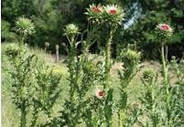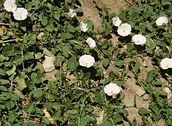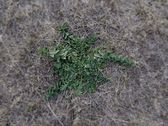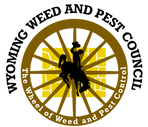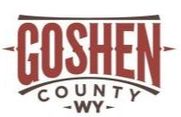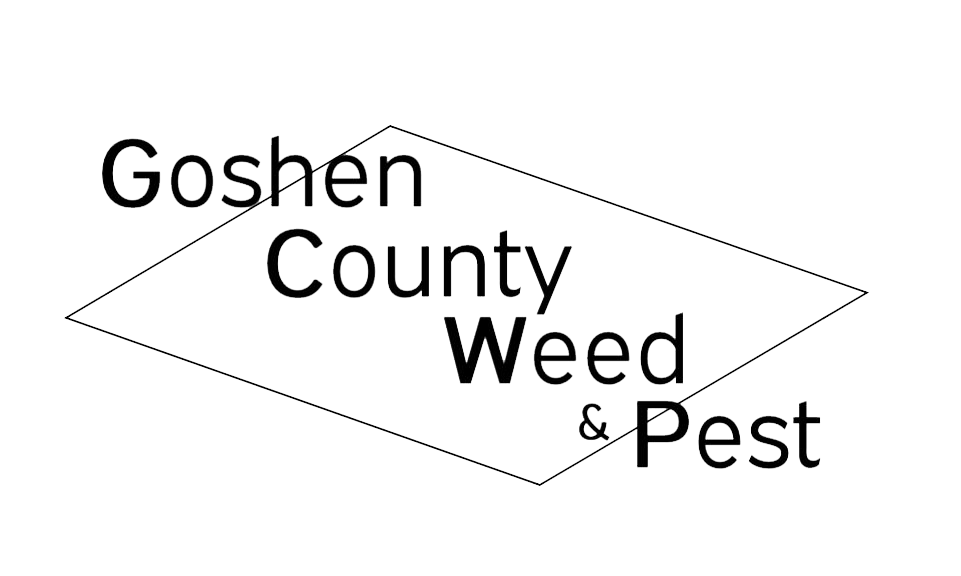|
THISTLE GUIDE
What's in a name? When it comes to "thistle" species, quite a bit. |
FAMILIAR SPECIES
These weeds and pests are common in Goshen county lawns and pastures. |
EDRR
Early detection, rapid response for species like Palmer amaranth and annual grasses. |
STATE DESIGNATED
View the 36 weed and pest species which impact resources within Wyoming. |
COUNTY DECLARED
There are an additional 6 species declared as noxious in Goshen county. |
-
WHAT IS A WEED?
-
WHAT IS NOXIOUS?
<
>
There are over 300,000 species of plants in the world, yet about 3% of those behave as weeds and less than 0.1% are problems in agriculture around the world. |
Definitions of a weed can vary by person, location, and environment. Generally, a weed is a plant which is growing where it is not wanted. For example, a weed in rangeland may be a desirable landscaping plant.
|
Examples of "weedy" characteristics include:
- Rapid seedling growth - Palmer amaranth can grow 1" per day
- Quick maturation - Canada thistle can produce viable seed 2 weeds after flowering
- Environmental plasticity - Russian thistle can germinate at soil temperatures between 28 and 110 degrees F
- Resistance to poor environmental conditions - Common mullein seeds survived in the soil for over 100 years
- Seeds are small or similar to desirable vegetation - Jointed goatgrass is difficult to sort out of wheat seed
- Prolific seed production - Some species produce thousands or even millions of seeds per plant
- Protective structures/chemistry - Burrs, spines, odor, toxins, etc prevent grazing or being eaten by insects
- Dual modes of reproduction - Dalmatian toadflax reproduces by seed and by roots
A more complete definition of a weed can be seen by incorporating some of these "weedy" characteristics and the implication of human existence.
- Plants that are competitive, persistent, and pernicious and therefore interfere with human activities (Ross & Lembi)
- A native or introduced species that has perceived negative ecological or economic effect on agriculture or natural ecosystems (Booth et al.)
"Noxious" is a legal classification for a plant, animal, or insect which is determined to be a weed or pest. The Wyoming Weed and Pest Control Act defines noxious weeds and pests as the following:
A designated noxious weed or pest is defined as a plant, animal, or insect species that is determined to be detrimental to the general health or welfare of the state based upon the following:
A designated noxious weed or pest is defined as a plant, animal, or insect species that is determined to be detrimental to the general health or welfare of the state based upon the following:
- Has demonstrated the ability to aggressively invade native plant communities and agricultural crops;
- Is injurious or poisonous to livestock;
- Is a carrier of disease or parasites;
- Can, by virtue of either direct or indirect effect, negatively impact management of agricultural or natural ecosystems.
